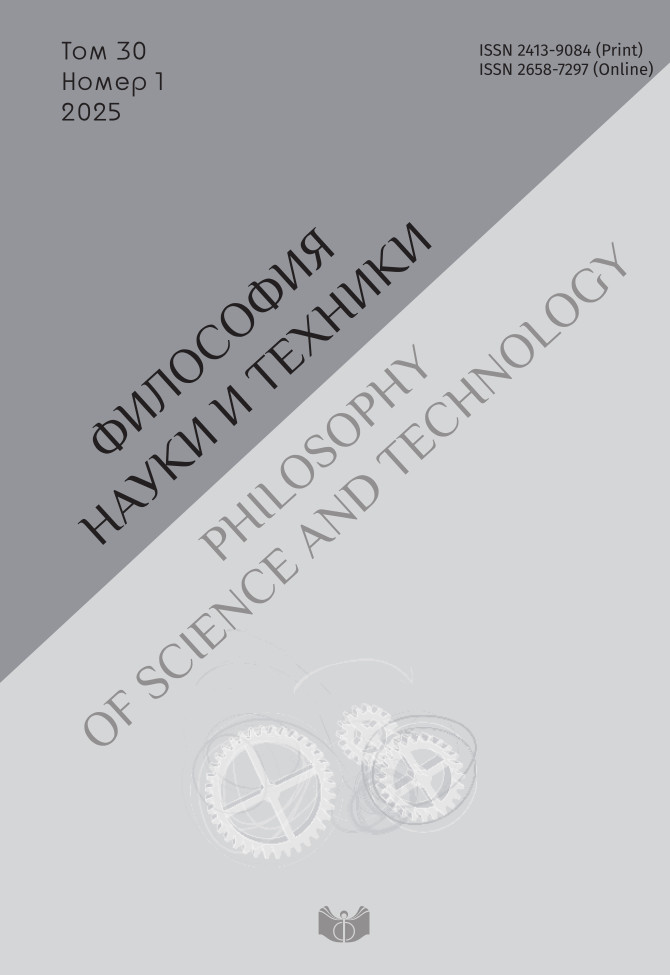Societal responses to challenges, trials, and “magic wands” at the origins of social evolution
DOI:
https://doi.org/10.21146/2413-9084-2025-30-1-34-47Keywords:
societies’ responses to challenges, social evolution, evolutionary theory, extended evolutionary synthesis, Baldwin effect, niche construction, behavioral sampling, evolutionary sampling, multilevel selection, cultural patternsAbstract
The article discusses the prospects and conceptual means of a new perspective on the theoretical explanation of human origins, especially in the aspects of cognition, language, material practices, and technology. Neo-Darwinism, or synthetic theory of evolution, which combined the simplified concept of Darwin with population genetics, where the main role is given to random mutations and natural, mainly individual, selection, is no longer completely dominant. The Extended Evolutionary Synthesis, which combines neo-Darwinism with neo-Lamarckism and includes models of gene-cultural evolution, epigenetics, multilevel selection, the Baldwin effect, inclusive heredity, cultural drive, niche construction, and phenotype plasticity, seems more promising. The relationship of these ideas to the intellectual achievements and rich traditions of domestic evolutionism is shown. After a brief explanation of the interrelated concepts that make up the extended synthesis, concepts and models borrowed from different branches of evolutionary theory, modern macro- and micro-social knowledge, and psychology are proposed. Instrumental activity, which has received the most attention because the remains of Paleolithic technologies are the most preserved and studied in detail by archaeologists, is presented as a part of niche construction: the practical transformation by our distant ancestors of the habitat available to them. The exceptional role of probes is shown and a typology of behavioral and evolutionary probes is compiled. The metaphorical name “magic wand” is used to name especially flexible and polyfunctional structures that provide evolutionary success to different species (like the trunk in elephants and the echo sounder in bats). It is shown that for hominins and sapiens the main “magic wand” was the accumulation of cultural patterns transmitted in generations, because it was through them that the other “magic wands” characteristic of our species with almost limitless development potential began to develop: language, consciousness, writing, science, philosophy, art, and an expanding range of technologies.











